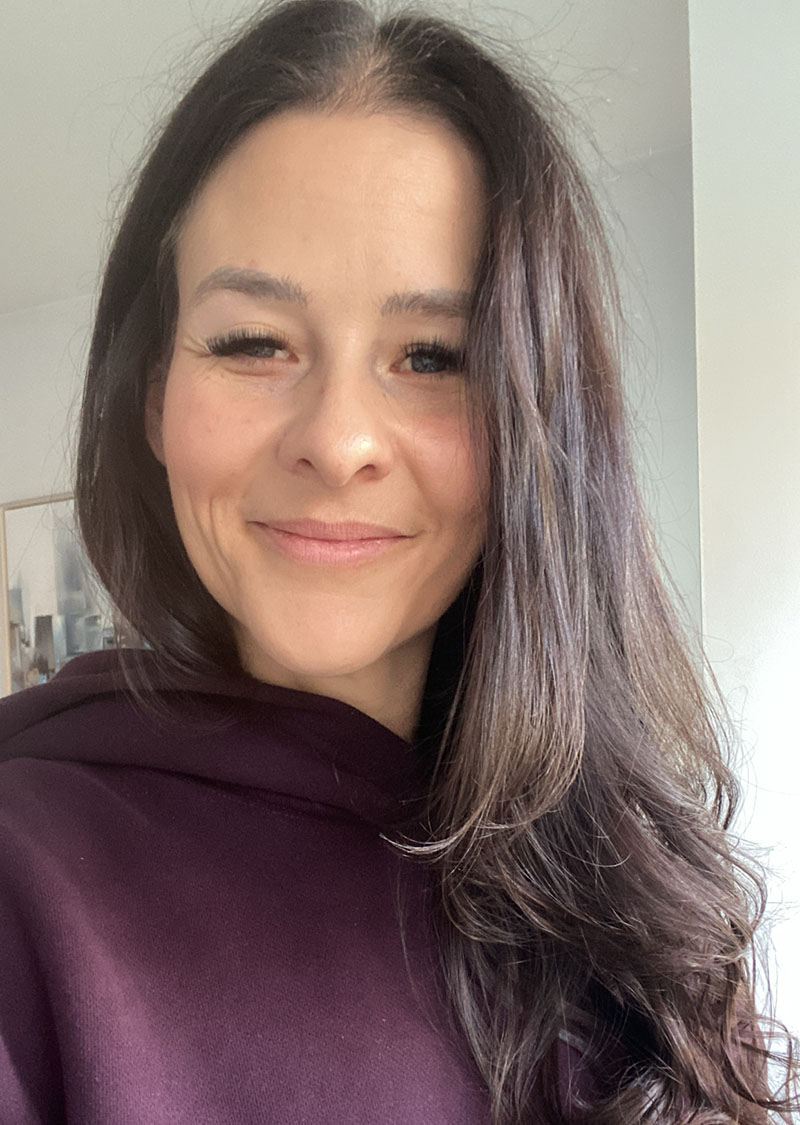
Living with Anxiety and Facing the Unexpected
I’ve always been a bit anxious, though I didn’t really have the language for it until much later in life. I just thought I was an overthinker, always scanning the situation, trying to stay two steps ahead. But everything came to a head when I was diagnosed with late-stage colon cancer just before my 33rd birthday.
Cancer isn’t something anyone has on their radar, especially not at that age. But it happens. It happens to people of all kinds, at all stages of life. And to say it fundamentally changed the direction of my life is an understatement. I can say that now because I’m still here 13 years later, but looking back, it was one of the most pivotal moments of my life. It didn’t just shake things up; it scrapped the entire blueprint I’d been following and made me question everything I thought I knew about who I was and how life was supposed to go.
The thing about cancer is that, yes, it’s physical and brutal and demanding, but for me, it was the emotional and mental aftermath that hit even harder. I could handle the chemo, the surgeries, the logistics. That was the part I could wrap my head around. But the mental and emotional toll? That landed later and I wasn’t equipped to deal with it at all.
The Aftermath of Survival
What no one really tells you is that surviving is one thing but figuring out how to live afterward is something else entirely. The body might recover on paper, but the mind, the emotions and fear? They don’t always follow the same timeline. There’s this in-between space no one tells you about. The cancer might be gone, but you’re still carrying it. Life moves on, but inside, you’re caught somewhere between “I made it” and “now what?”
It’s a strange and lonely place to be. As time goes by, people stop checking in, and there’s this unspoken assumption that you’re better or doing okay. But in many ways, for me, that’s when things really started to unravel. That’s when I began searching for answers like why and how and for ways to feel normal again. Like the me before I was sick. That’s what led me to explore tools like neurofeedback.
Discovering Neurofeedback Through Connection
Over the years of trying to heal, I explored all kinds of things like talk therapy, somatic work, breathwork, you name it. Anything that might help me feel more connected to myself I was open to. One of the tools I was using at the time was the Lucia Light, which I had found so helpful that I began offering Sessions to others. That’s how I met a client who turned out to be a neurofeedback Trainer. After her Session, we got into a conversation about the brain, healing, and how we both ended up doing the work we do. She told me about NeurOptimal® and how it supports the brain’s natural ability to regulate itself. I was super curious. The idea that my brain could shift and sort of self-correct without me having to “do anything” sounded great to me.
In my first few Sessions, I didn’t really notice anything happening, other than the static interruptions, little blips or skips in the music I was listening to. I was told these sounds were connected to shifts in my brain activity, but at the time, it just felt like listening to relaxing music through headphones. However, after some Sessions, I started to feel something. I began noticing this subtle sensation in my body just before the static blip would happen. It felt as if my body was picking up on something before my brain did. It wasn’t huge, but it was noticeable.

Eventually, that same kind of awareness started showing up in my daily life. Instead of feeling constantly anxious, I noticed these brief moments, maybe just a second or two, where I could sense anxiety creeping in before it fully arrived. It helped me to realize I could pause, take a breather, and not spiral. It wasn't that my anxiety disappeared, but it stopped paralyzing me in the same overwhelming way.
I don’t know exactly how NeurOptimal® works, and honestly, I don’t think I need to. What I do know is that after about 13 Sessions (I think, it was a long time ago) I felt more connected to myself. Neurofeedback seemed to provide this brief moment where I could pause, take a breath, and ground myself in the present. So, instead of automatically reacting, I had space to choose my response. Compared to before, that felt like a superpower.
Redefining Healing on My Terms
Experiencing that small shift made me realize something important: healing looks different for everyone, and it doesn't follow a straight path. What works for one person might not work for someone else. And even the things that work don’t always work forever. That’s why I’ve become such a big believer in staying open to trying new things and giving yourself permission to shift course and move on when something no longer fits.
That’s kind of what made NeurOptimal® stand out to me. It reminded me how adaptable the brain and I really are. How much capacity we all have for change when we aren’t forcing it. There’s something incredibly reassuring about knowing that even small shifts can make a big impact. If anyone is on the fence about trying neurofeedback and more specifically, NeurOptimal®, let this be a sign to give it a go.


Leave a Reply
You must be logged in to post a comment.